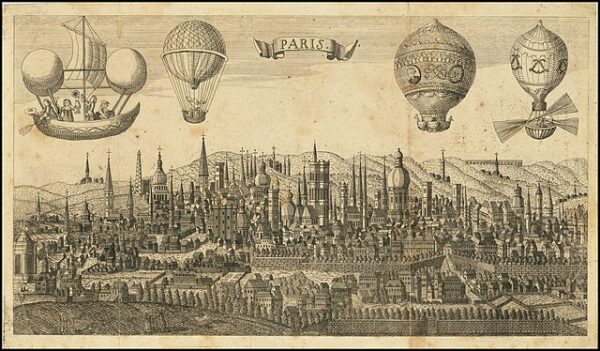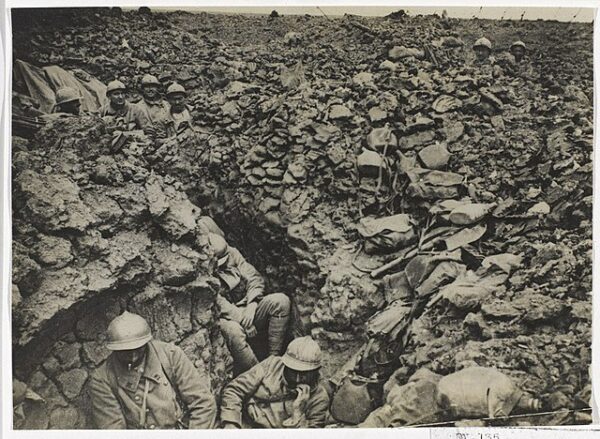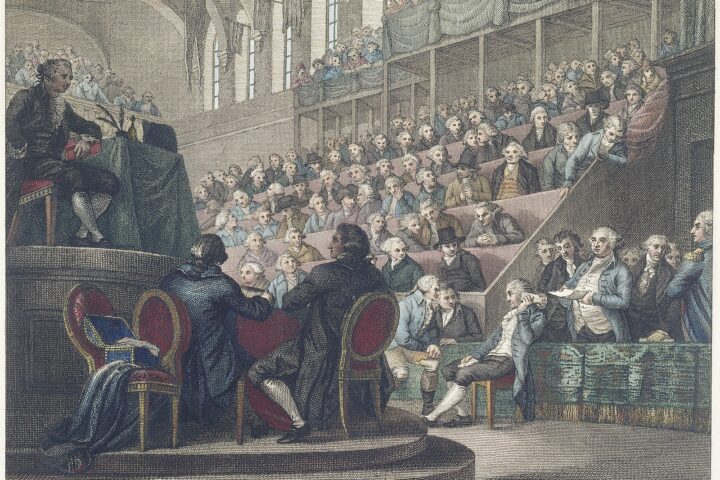On November 21, 1783, the world witnessed a groundbreaking moment in aeronautics with the first successful hot air balloon flight. The event took place in Paris, France, and marked a pivotal moment in human history, as it showcased the feasibility of controlled flight and laid the foundation for future advancements in aviation.
The hot air balloon, known as the Montgolfier brothers’ balloon, was the result of the collaborative efforts of Joseph-Michel and Jacques-Étienne Montgolfier. Made of paper and silk, the balloon was approximately 75 feet in diameter. It was filled with hot air generated by burning straw and wool, a technique inspired by the discovery that heated air becomes lighter than the surrounding cooler air. This principle, known as buoyancy, allowed the balloon to ascend into the sky.
APS writes that the balloon was ready for the first human passengers. Although King Louis XVI said he wanted to send prisoners on this potentially dangerous experiment, physicist Pilatre de Rozier volunteered for the honor of being the first to fly in an untethered hot air balloon.
He and the Marquis d’Arlandes, who bravely agreed to accompany him, lifted off from the center of Paris, rose to a height of about 3000 feet, and drifted for about 25 minutes before landing in the outskirts of the city, about five miles from where they began.
These early balloon flights were witnessed by Benjamin Franklin, who was in Paris at the time as ambassador to France. Franklin, intrigued by the idea of flight, predicted that hot air balloons would soon be used in the military for spying. Franklin died before being able to take a balloon ride himself.
The success of this flight captured the imagination of the public and ignited widespread interest in the possibilities of human flight.
The Montgolfier brothers’ achievement had profound implications for the future of aviation and exploration. It paved the way for further developments in balloon technology and inspired inventors and scientists to explore the skies. Subsequent advancements in aeronautics, such as the use of gas-filled balloons and eventually the development of airships and airplanes, can trace their roots back to this historic flight.
The first hot air balloon flight also had a cultural impact, symbolizing the triumph of human ingenuity and the spirit of exploration. The Montgolfier brothers became celebrated figures, and their invention contributed to a shift in how people perceived the possibilities of travel and transportation. The event marked the beginning of a new era in which the skies were no longer an unattainable realm but a potential frontier for human exploration and progress.






